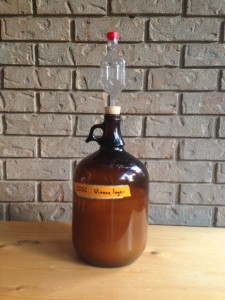This is the tenth, and final, installment in the All-Grain Brew Day Walkthrough, which started with a post on strike water preparation.
Once the wort is chilled, aerated, and in your fermenter, your last task is to pitch the yeast. (This ignores the cleaning that you’ll need to do after you wrap up.) Homebrewers may use dried yeast, liquid yeast, or repitched yeast to pitch their worts. To determine how much yeast you will need, consult a pitching rate calculator several days before your brewday and determine how much yeast to purchase, how large of a yeast starter to make, or how much yeast slurry to harvest from another fermentation.



Recent Comments